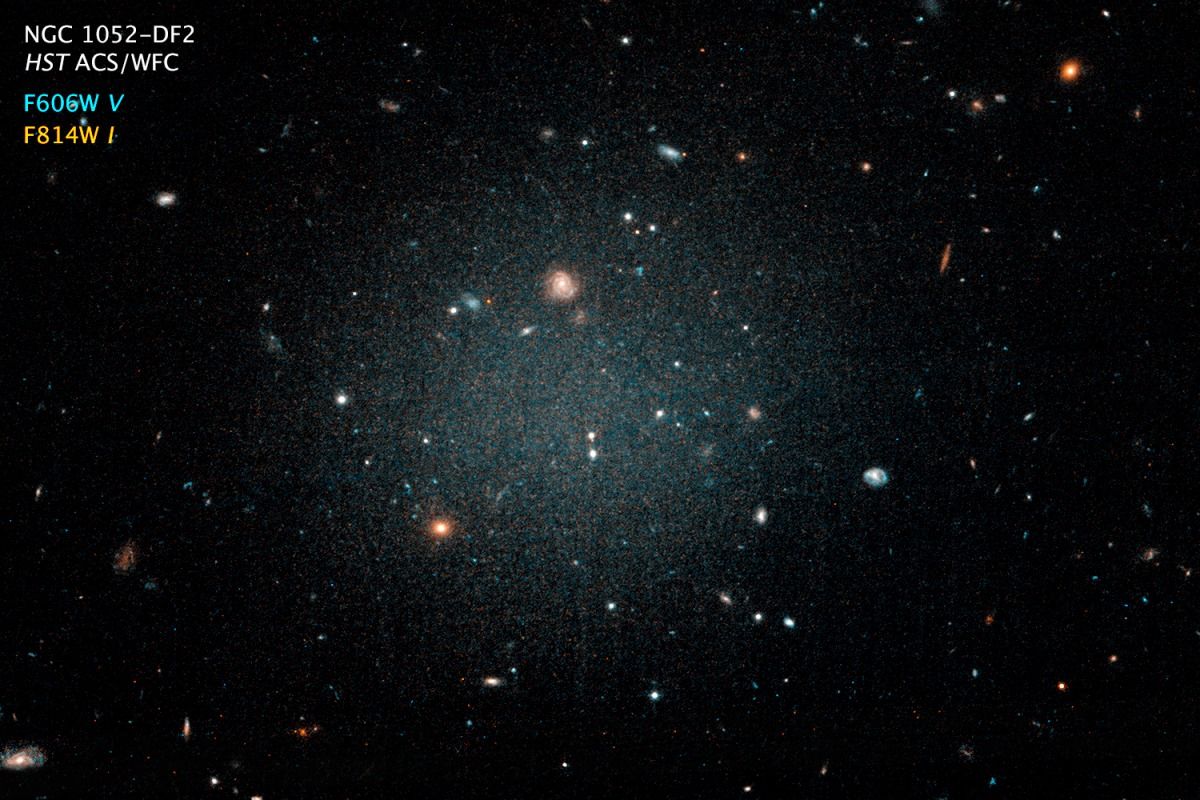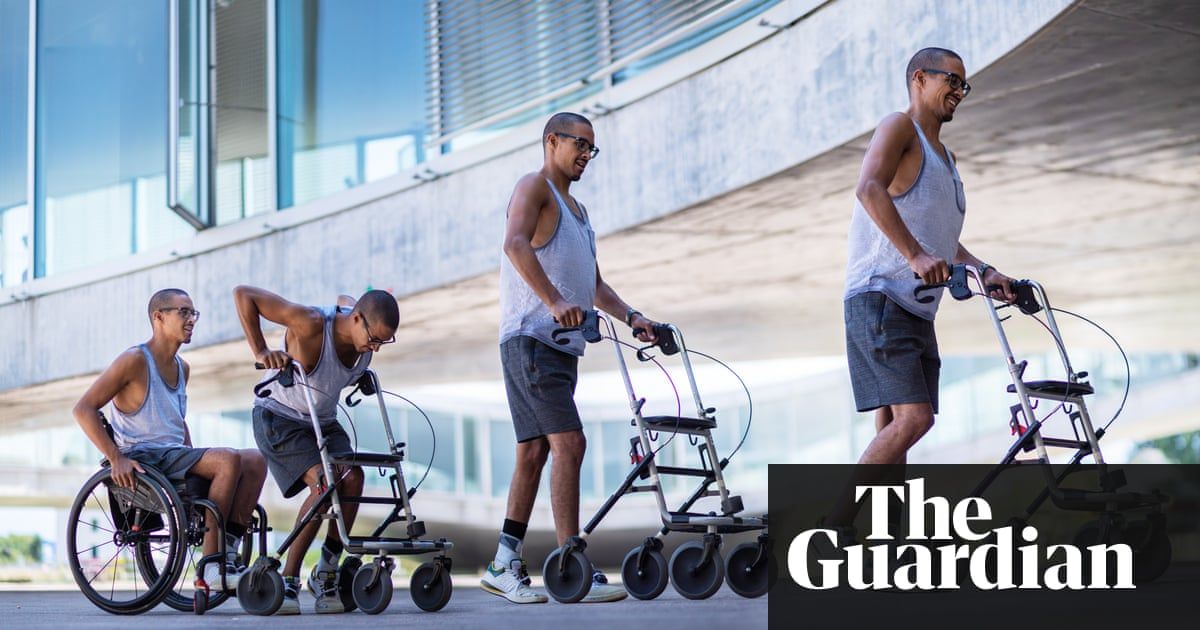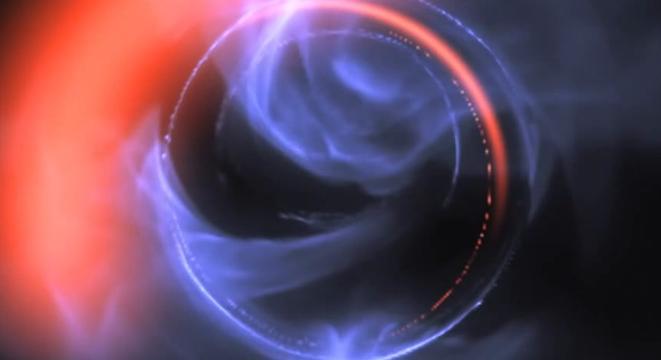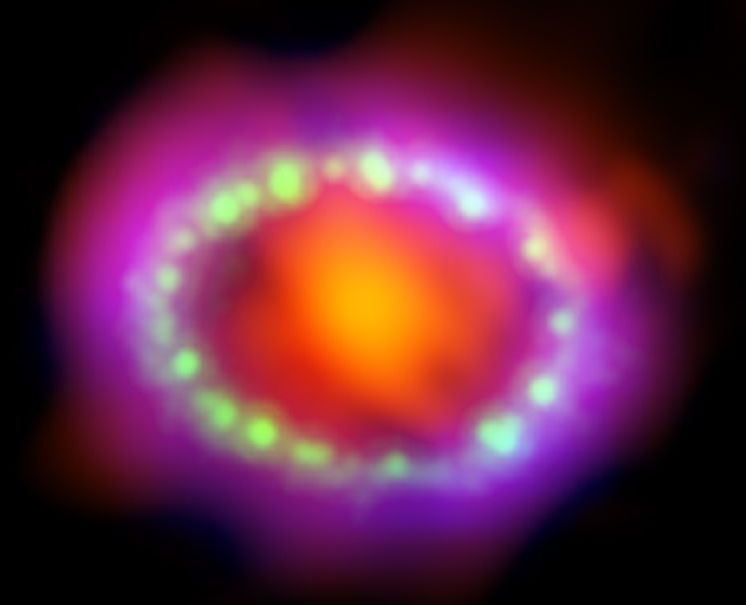Page 9342
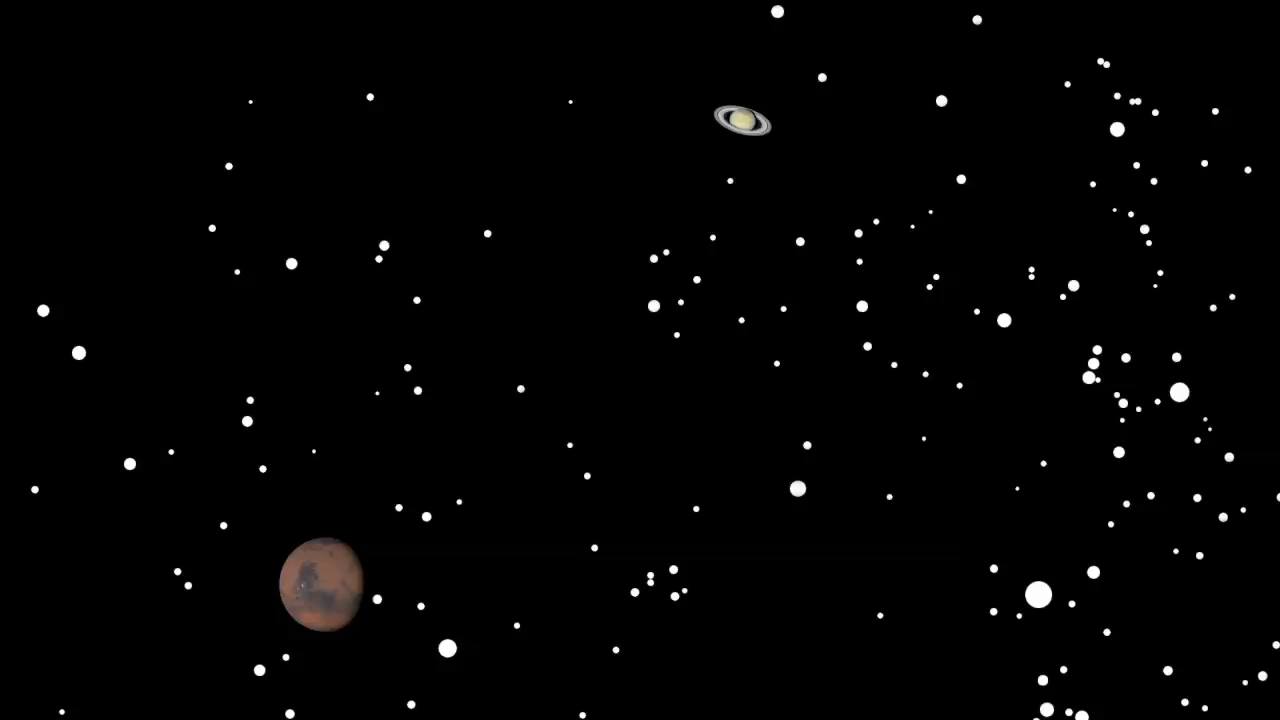
What’s up in the sky this month? You can’t miss bright Venus in the predawn hours, Saturn at sunset, Mars in the evening and much more. Find out when and where to look up: https://go.nasa.gov/2Q8YudW
Nov 1, 2018
Gut bacteria may control movement
Posted by Xavier Rosseel in categories: health, neuroscience
🤔👀
A new study puts a fresh spin on what it means to “go with your gut.” The findings, published in Nature, suggest that gut bacteria may control movement in fruit flies and identify the neurons involved in this response. The study was supported by the National Institute of Neurological Disorders and Stroke (NINDS), part of the National Institutes of Health.
Nov 1, 2018
Human Pressures Have Shrunk Wildlife Populations
Posted by Genevieve Klien in category: futurism
In 40 years, human actions like deforestation have taken a major toll on wildlife, a new report finds.
- By Scott Waldman, E&E News on October 31, 2018
Nov 1, 2018
Paralysed men can stand and walk after electrical stimulation
Posted by Genevieve Klien in category: futurism
Two men who were paralysed in separate accidents more than six years ago can stand and walk short distances on crutches after their spinal cords were treated with electrical stimulation.
David Mzee, 28, and Gert-Jan Oskam, 35, had electrical pulses beamed into their spines to stimulate their leg muscles as they practised walking in a supportive harness on a treadmill.
Nov 1, 2018
This Simulation Based On Observations Of The Supermassive Black Hole At The Center Of Our Galaxy Is Mind-Boggling
Posted by Genevieve Klien in categories: cosmology, materials
Based on observations by the European Souther Observatory’s GRAVITY instrument, this simulation shows gases swirling around the black hole at the center of the Milky Way — at just 30% the speed of light — “the first time material has been observed orbiting close to the point of no return.”
ESO/Gravity Consortium/L. Calçada
Nov 1, 2018
Watch a Famous Supernova Change Over 25 Years
Posted by Genevieve Klien in categories: cosmology, evolution
Perhaps the most important supernova of the modern era is SN 1987A, the closest supernova to Earth since the invention of the telescope. Scientists have been observing the explosion’s remnants since the 1987 event.
Scientists led by University of Toronto graduate student Yvette Cendes have presented a new report showing the 25 years of radio wave observations of the stellar corpse’s evolution from 1992 to 2017. You can watch those observations in the timelapse below.
Nov 1, 2018
New Atlas Used to ID Brain Parts for Plans and Actions
Posted by Genevieve Klien in category: neuroscience
A detailed picture of cell types in some areas of the mouse cortex is put to the test.
- By Simon Makin on November 1, 2018
Nov 1, 2018
Will we all be using a blockchain currency some day?
Posted by Philip Raymond in categories: bitcoin, cryptocurrencies, economics, government
At Quora.com, I respond to quetions on Bitcoin and Cryptocurrency. Today, a reader asked “Will we all be using a blockchain-based currency some day?”.
This is an easy question to answer, but not for usual Geeky reasons: A capped supply, redundant bookkeeping, privacy & liberty or blind passion. No, these are all tangential reasons. But first, let’s be clear about the answer:
Yes, Virginia. We are all destined to move,
eventually, to a blockchain based currency.
I am confident of this because of one enormous benefit that trumps all other considerations. Also, because of flawed arguments behind perceived negatives.
Continue reading “Will we all be using a blockchain currency some day?” »
